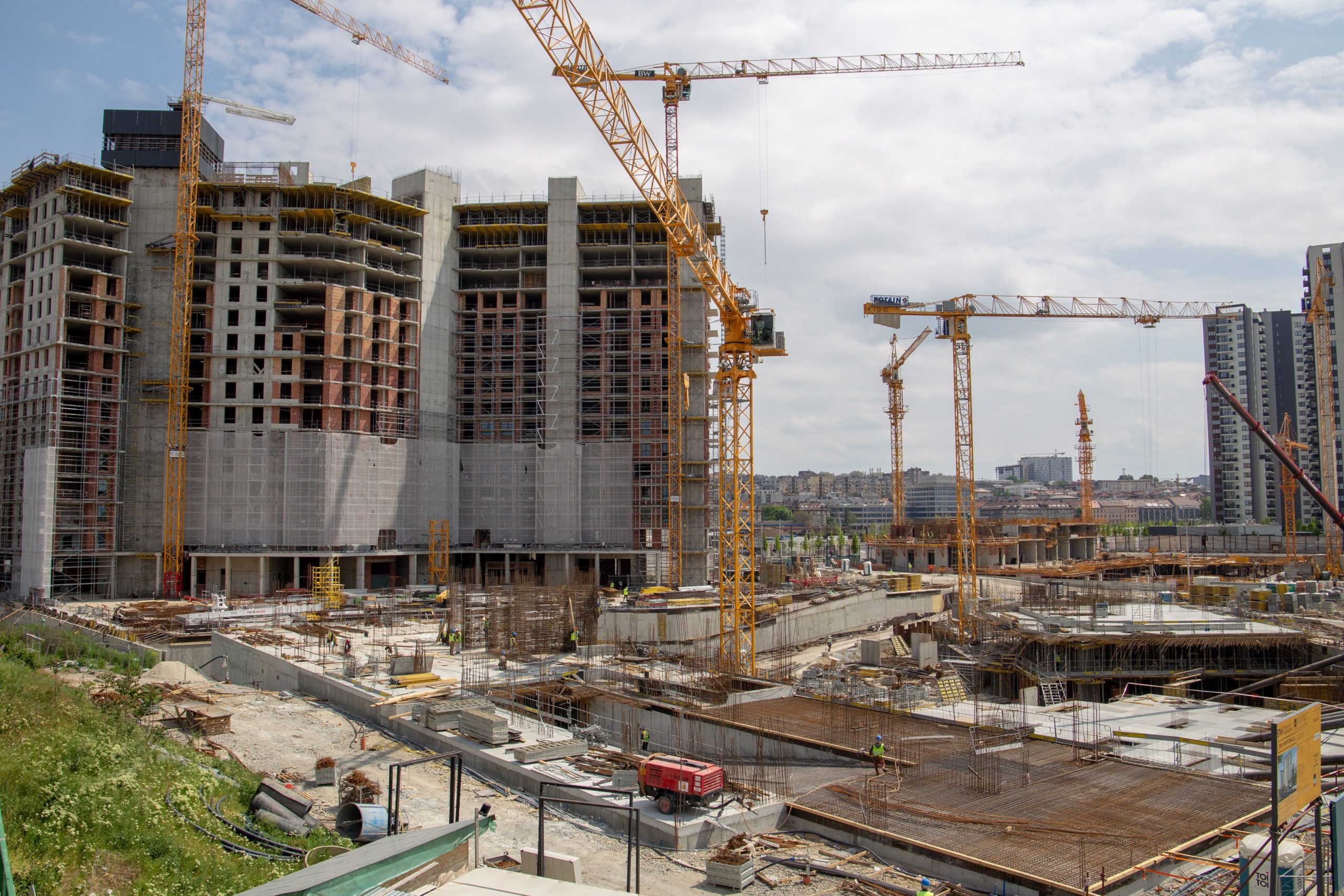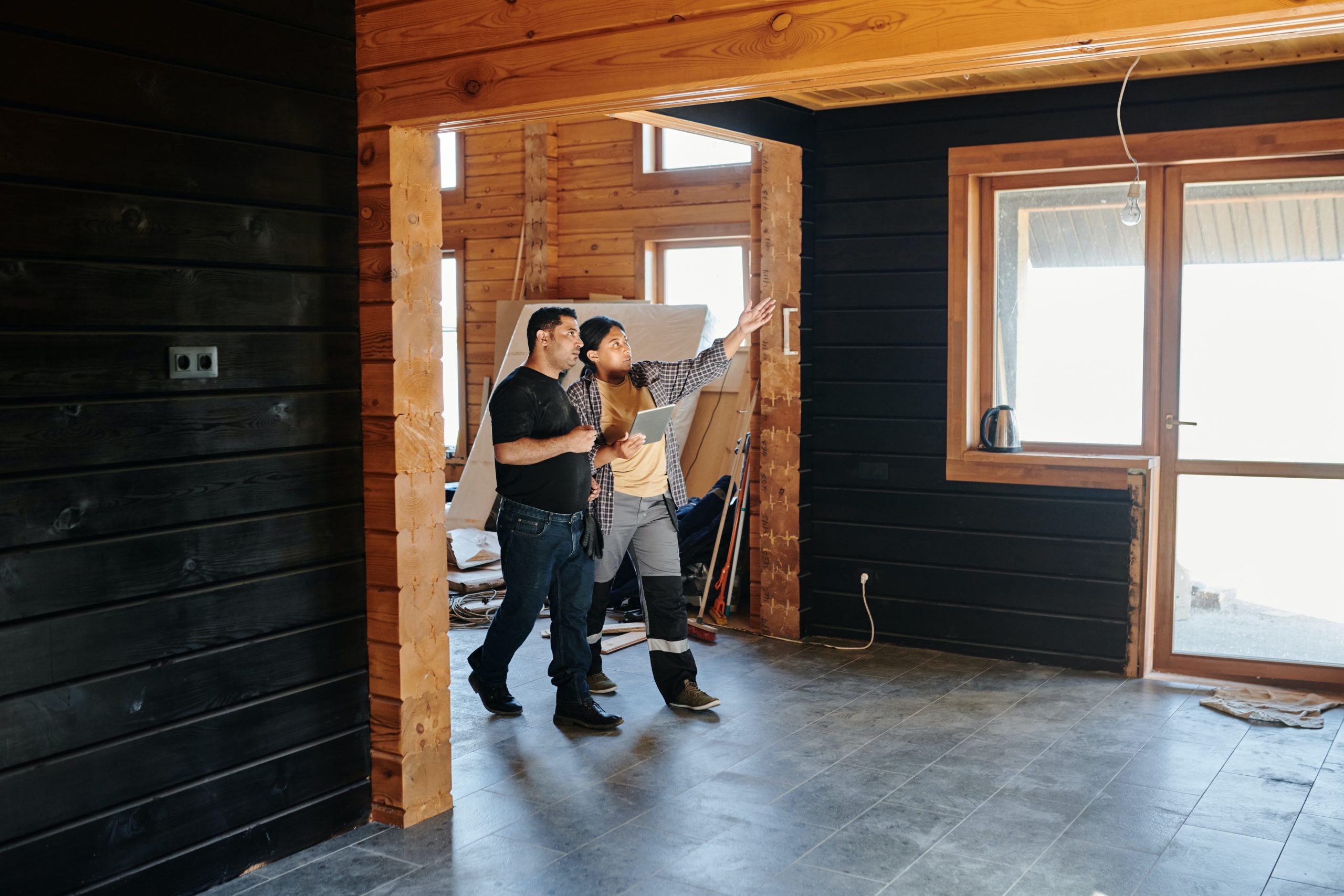
Everyone knows how a building is made. The cement, bricks, and steel come together to form a structure. But what do we not understand about the construction of a building? In fact, there is a lot that we don’t know about the construction of a building. For example, what is the curing process?
As you want to know the complete procedure of constructing a building, you should also be aware of the curing process in construction.
Introduction to curing in the construction of a building.
Building curing is the process of controlling the moisture content in building materials to ensure that they reach an equilibrium moisture content (EMC) prior to, during, and after assembly. Proper curing helps reduce the potential for problems such as shrinkage, cracking, and warping, and it improves the long-term performance and durability of the building.

There are a number of ways to cure building materials, but the most common method is to control the environment by using heating, cooling, or dehumidifying equipment. In some cases, building materials may also be treated with a curing compound to speed up the curing process.
Building curing is an important step in the construction process, and it should not be rushed. If done correctly, it can help ensure a successful and lasting building project.
How is curing in the construction of a building achieved?
Concrete is the most popular material used in construction. It is a composite material made of Portland cement, water, and aggregates. When it is fresh, it is in a plastic state and can be molded into different shapes. After it hardens, it becomes a strong and durable material.
There are three ways to achieve curing in concrete construction:
1. Chemical Curing
This is the most common way to achieve curing in concrete construction. Portland cement contains silicates and alumina which react with water to form a gel. This gel formation helps to achieve strong and durable concrete.
2. Heat Curing
This is used when the weather is too cold to allow for chemical curing to take place. Heat is used to dry out the concrete and form the gel.
3. Vapor Curing
This is used when there is a delay in using the concrete. Vapor curing uses a curing compound that is applied to the surface of the concrete. The compound is a resin that is activated by water.
